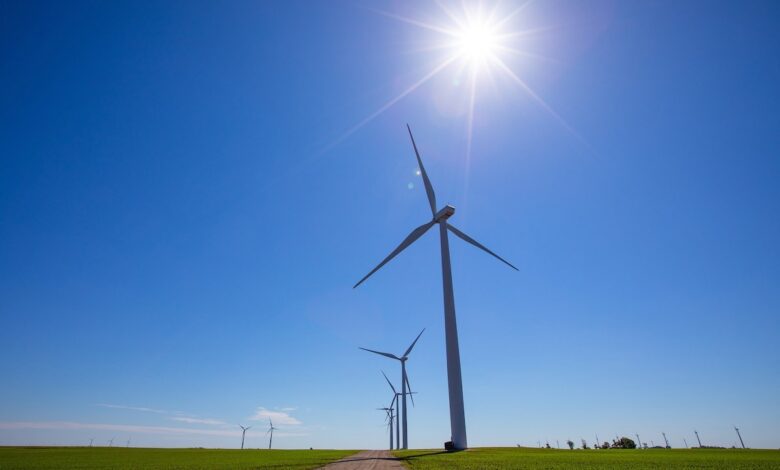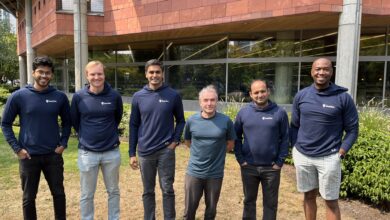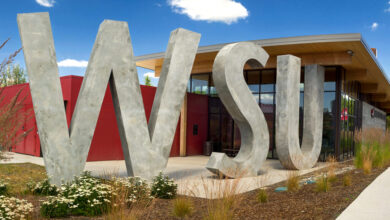Cybersecurity Center to Boost Security Workforce in Grid Industry

The US Department of Energy (DOE) has awarded a two-year, $2.5 million grant to an engineering team at Iowa State University to support the power industry’s self-defense by creating a cybersecurity center at Iowa State. In addition, project partners will provide $1 million in cost-share funding—which covers labor and equipment expenses.
According to Manimaran Govindarasu of Iowa State University, integrating renewable energy sources into the power grid presents a variety of “internet-of-things” problems.
This is because “everything is connected,” according to the Anson Marston Distinguished Professor of Engineering.
The internet is linked to solar inverters and wind farm controllers. Furthermore, energy resources dispersed throughout rural areas are susceptible to intrusions with each internet connection. This could result in blackouts or interfere with the flow of power.
The funding will help establish the Center for Cybersecurity and Resiliency of DERs and Microgrid-integrated Distribution Systems, or CyDERMS, at Iowa State. DERs are distributed energy resources such as wind and solar farms or energy storage technologies.
Microgrids are local DER grid systems that can be linked to or disconnected from the larger grid. Closing or isolating grid connections can help keep services operational amid cyberattacks or catastrophic storms.
The DOE recently announced $15 million in grants to construct six university-based centers to meet a region’s cybersecurity and workforce training needs. The other centers’ lead campuses will be in Connecticut, Florida, Illinois, Pennsylvania, and Texas.
This investment in university-based cybersecurity centers will enable us to simultaneously grow the US cyber workforce and build the expertise we need to take on the evolving cyber threats to our nation’s energy systems.
Puesh M. Kumar, Director, Office of Cybersecurity, Energy Security and Emergency Response, US Department of Energy
Govindarasu, the Murray J. and Ruth M. Harpole Professor of Electrical and Computer Engineering at Iowa State University and a contributor at the DOE’s Ames National Laboratory, will lead the center. Four more Iowa State researchers will be affiliated with the center.
The center’s project team will include researchers from the University of Illinois at Urbana-Champaign, the University of Minnesota Twin Cities, Michigan Technological University, GE Vernova, Argonne National Laboratory, and the National Renewable Energy Laboratory.
We are excited to partner with our colleagues at Iowa State University and the University of Minnesota to develop and test intrusion detection and control algorithms for microgrids to ensure that malicious actors cannot compromise their functionality.
Alejandro Dominguez-Garcia, M. Stanley Helm Professor, Electrical and Computer Engineering, University of Illinois Urbana-Champaign
Murti Salapaka, Professor and Vincentine Hermes-Luh Chair in Electrical and Computer Engineering, the University of Minnesota Twin Cities, added, “We will develop secure distributed strategies for aggregating power from multiple smaller capacity DERs that behave as a virtual power plant that can provide ancillary services to the grid.”
Chee-Wooi Ten, Professor of Electrical and Computer Engineering at Michigan Technological University, added, “We need to be vigilant and proactive in safeguarding our vital energy systems, particularly ensuring the security of distributed energy resources.”
The center’s industry advisory board includes representatives from Central Iowa Power Cooperative, Xcel Energy Inc., Hubbell Inc., Hitachi Energy, and MITRE.
Govindarasu stated that CyDERMS has two key objectives:
First, center researchers will defend power grids, including wind and solar farms and microgrids, by creating powerful computer algorithms and other technologies for detecting and mitigating cyberattacks and system malfunctions in real-time. The team will employ artificial intelligence and machine learning methods to detect grid issues and malicious activities.
Second, they want to expand the grid industry’s cybersecurity workforce by creating curricular modules, capstone design projects, cyber-defense projects, and hands-on workshops for industry and utility personnel, especially those in rural locations.
Manimaran Govindarasu of Iowa State University stated, “This will be a university-based cybersecurity research center for renewable energy on the distribution grid. We will work with local industry in Iowa, Minnesota, Illinois, and Michigan to understand and respond to the needs of local industry. That is the emphasis here.”
It is a challenging problem since renewable resources are found in cities, towns, and rural locations throughout the Midwest.
“There are controllers and inverters all over the place. There are wind farms and rooftop solar, community solar, and utility solar. The opportunities to attack are huge compared to a conventional grid,” Govindarasu concluded.
Source: http://www.iastate.edu/



